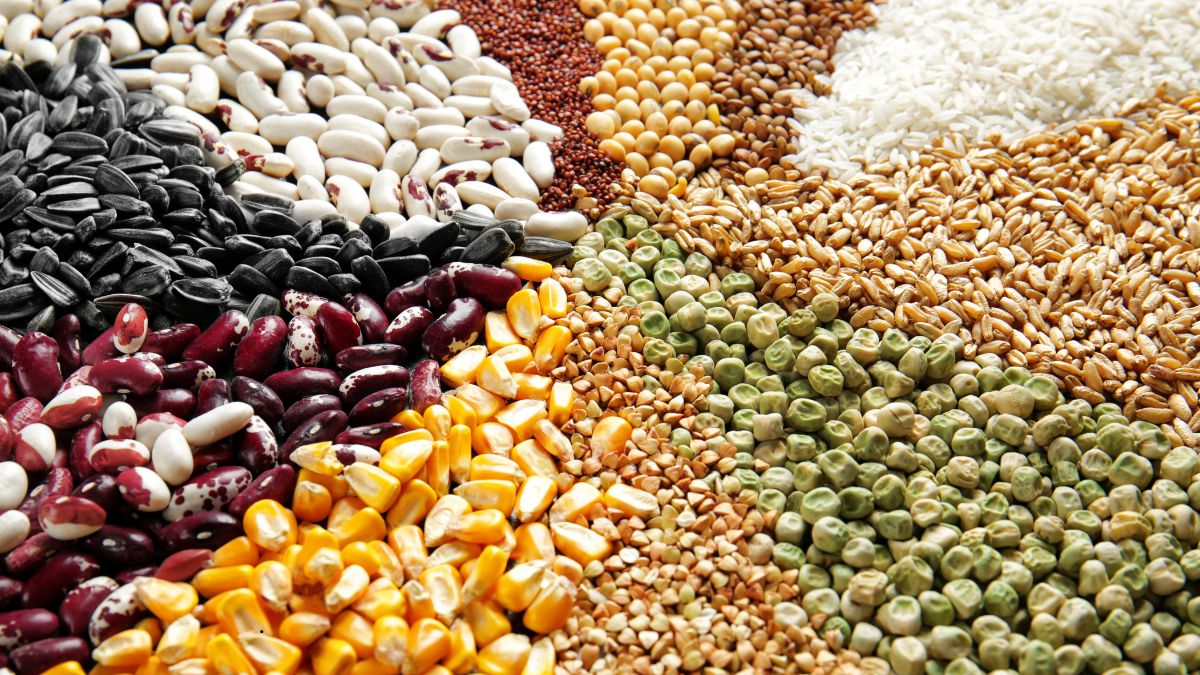
Global food prices saw an uptick in April, driven largely by rising costs of cereals, meat, and dairy products, according to the latest data from the Food and Agriculture Organization (FAO) of the United Nations.
The FAO Food Price Index averaged 128.3 points in April, marking a 1.0% increase from March and a 7.6% rise year-on-year, highlighting a growing pressure on food inflation globally.
Cereals and meat drive price growth
The Cereal Price Index rose by 1.2% in April, supported by higher wheat prices due to tightening exportable supplies in Russia and growing demand for fragrant rice varieties, pushing the All Rice Price Index higher. Maize prices also climbed on seasonally lower stock levels in the United States, further impacted by exchange rate shifts and tariff uncertainties.
The Meat Price Index recorded a notable 3.2% increase, with all categories experiencing price gains. Pig meat led the rally, while bovine prices strengthened due to tight supplies from key exporters like Australia and Brazil.
Dairy prices surge, vegetable oils and sugar decline
Dairy prices rose by 2.4%, with butter reaching an all-time high amid declining inventories in Europe. Year-on-year, the dairy index is now 22.9% higher.
However, the Vegetable Oil Price Index fell by 2.3%. Palm oil saw a significant drop due to increased seasonal output from Southeast Asia, even as soy and rapeseed oil gained on import demand. Sunflower oil remained mostly stable.
The Sugar Price Index also declined, falling 3.5% from March, weighed down by economic uncertainty that could dent demand in the beverage and food processing industries.
Cereal production outlook remains stable for 2025
In its updated Cereal Supply and Demand Brief, FAO forecasts global wheat production in 2025 at 795 million tonnes, consistent with the previous year. Gains are expected in Asia, southern Europe, and North Africa, but rainfall shortages in northern Europe and drought conditions in the United States could weigh on the outlook.
Early harvests in the southern hemisphere indicate higher maize output in Brazil and South Africa, while the United States is expected to expand coarse grain plantings by 5%.
For 2024, FAO slightly trimmed its global cereal production estimate to 4,848 million tonnes, though global rice production is expected to rise 1.5% to a record 543.6 million tonnes.
Cereal stocks and trade under pressure
World cereal utilisation is forecast to increase by 1.0% in 2024/25, reaching 2,870 million tonnes, largely driven by rising maize feed use in China and Russia, and increased rice demand across Africa.
Global cereal stocks are projected to decline 1.9% to 868.2 million tonnes, lowering the stocks-to-use ratio to 29.9%, though still within a safe zone.
Meanwhile, cereal trade is expected to drop by 6.8% to 478.6 million tonnes—the lowest since 2019/20. This includes a sharp contraction in coarse grains trade, led by reduced Chinese demand and limited maize exports from Brazil.
In contrast, global rice trade is forecast to grow 1.2% to a new record of 60.4 million tonnes.
Fertiliser markets under geopolitical strain
The latest AMIS Market Monitor, also published by FAO, explores the state of fertiliser markets amid rising geopolitical tensions and uncertain trade policies, adding another layer of complexity to global agricultural supply chains.

